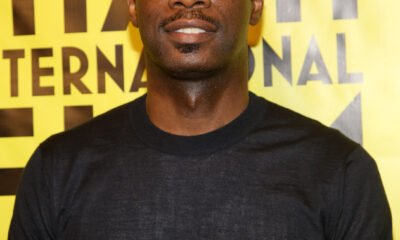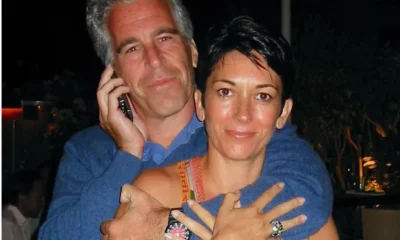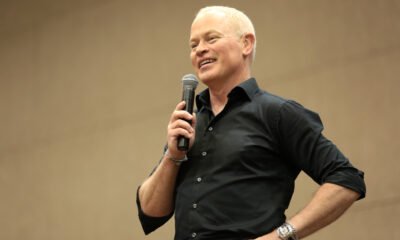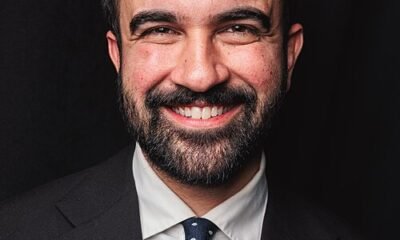News
Diddy’s Trial: Race Could Be a Big Deal
In the heart of New York City, a legal storm is brewing that promises to captivate the nation and potentially reshape our understanding of celebrity, race, and the American justice system. Sean “Diddy” Combs, the hip-hop mogul who has dominated the music industry for decades, is set to face the fight of his life as his trial begins on May 12, 2025.

The Charges: A Shocking Fall from Grace
The list of accusations against Diddy reads like a Hollywood crime thriller script. Racketeering conspiracy, sex trafficking, forced labor, drug distribution, witness tampering, money laundering – these are just a few of the charges that have sent shockwaves through the entertainment world.
“We allege that Mr. Combs ran a criminal enterprise for over 20 years, exploiting his fame and power to victimize countless individuals,” stated U.S. Attorney James Thompson at a press conference last month. The prosecution claims that Diddy and his associates used threats, violence, and manipulation to control employees and artists, forcing them into grueling work conditions and even coercing sexual activities.
Diddy, however, maintains his innocence. “These charges are completely false and motivated by greed and jealousy,” the rapper said in a statement released through his legal team. “I have faith in the justice system and look forward to clearing my name.”
Race: The Elephant in the Courtroom
As the trial approaches, one issue looms large over the proceedings: race. Diddy’s defense team, led by renowned attorney Benjamin Brafman, has not shied away from addressing this head-on.
“We cannot ignore the racial dynamics at play here,” Brafman told reporters outside the courthouse last week. “My client is a successful Black man in an industry and a country that has historically been hostile to such success. We believe this prosecution is, at least in part, motivated by these racial biases.”

This sentiment has resonated with many in the Black community. Reverend Al Sharpton, speaking at a rally in support of Diddy, said, “We’re not here to say he’s innocent or guilty. We’re here to demand a fair trial, something that has often been denied to Black men in America.”
The Jury Selection Challenge
Finding an impartial jury for such a high-profile case is proving to be a Herculean task. “Almost everyone has an opinion about Diddy,” explains jury consultant Dr. Lisa Martinez. “The challenge is finding people who can set aside those preconceptions and judge solely based on the evidence presented in court.”
The process is expected to take several weeks, with potential jurors being questioned extensively about their knowledge of Diddy, their media consumption habits, and their views on race and celebrity.
New Evidence and Witness Testimony
As the trial date approaches, new evidence continues to emerge. A video from 2016, allegedly showing Diddy in a compromising situation with ex-girlfriend Cassie Ventura, has been making rounds on social media. The prosecution claims this video supports their allegations of coercion and abuse.
Additionally, up to 20 new witnesses have come forward, some claiming to be victims of Diddy’s alleged crimes. “These brave individuals are risking everything to tell their stories,” said Sarah Johnson, an advocate for trafficking survivors who has been working with some of the witnesses.
The Broader Implications
This trial is about more than just one man’s guilt or innocence. It touches on issues that resonate deeply within American society: the intersection of race and justice, the power dynamics in the entertainment industry, and the role of wealth and fame in legal proceedings.
“The Diddy trial is a mirror reflecting some of the most challenging issues we face as a society,” says legal analyst Mark Thompson. “How it unfolds could have far-reaching implications for how we handle high-profile cases, especially those involving powerful figures from minority communities.”

Looking Ahead
As May 12 approaches, the eyes of the nation will be fixed on the New York City courthouse. The trial is expected to last several months, with testimony from dozens of witnesses and the presentation of extensive evidence.
Regardless of the outcome, one thing is clear: the Diddy trial will be remembered as a landmark case that forced America to confront uncomfortable truths about fame, power, race, and justice. As the hip-hop legend fights for his freedom and reputation, the rest of us will be watching, waiting, and perhaps reflecting on our own beliefs and biases.
In the court of public opinion, the verdict is still out. But in a few short weeks, in a New York City courtroom, the real trial will begin. And with it, a new chapter in the complex story of race, celebrity, and justice in America will be written.

Bolanle Media covers a wide range of topics, including film, technology, and culture. Our team creates easy-to-understand articles and news pieces that keep readers informed about the latest trends and events. If you’re looking for press coverage or want to share your story with a wider audience, we’d love to hear from you! Contact us today to discuss how we can help bring your news to life
Entertainment
Jimmy Cliff, Reggae Legend and Star of ‘The Harder They Come,’ Dies at 81
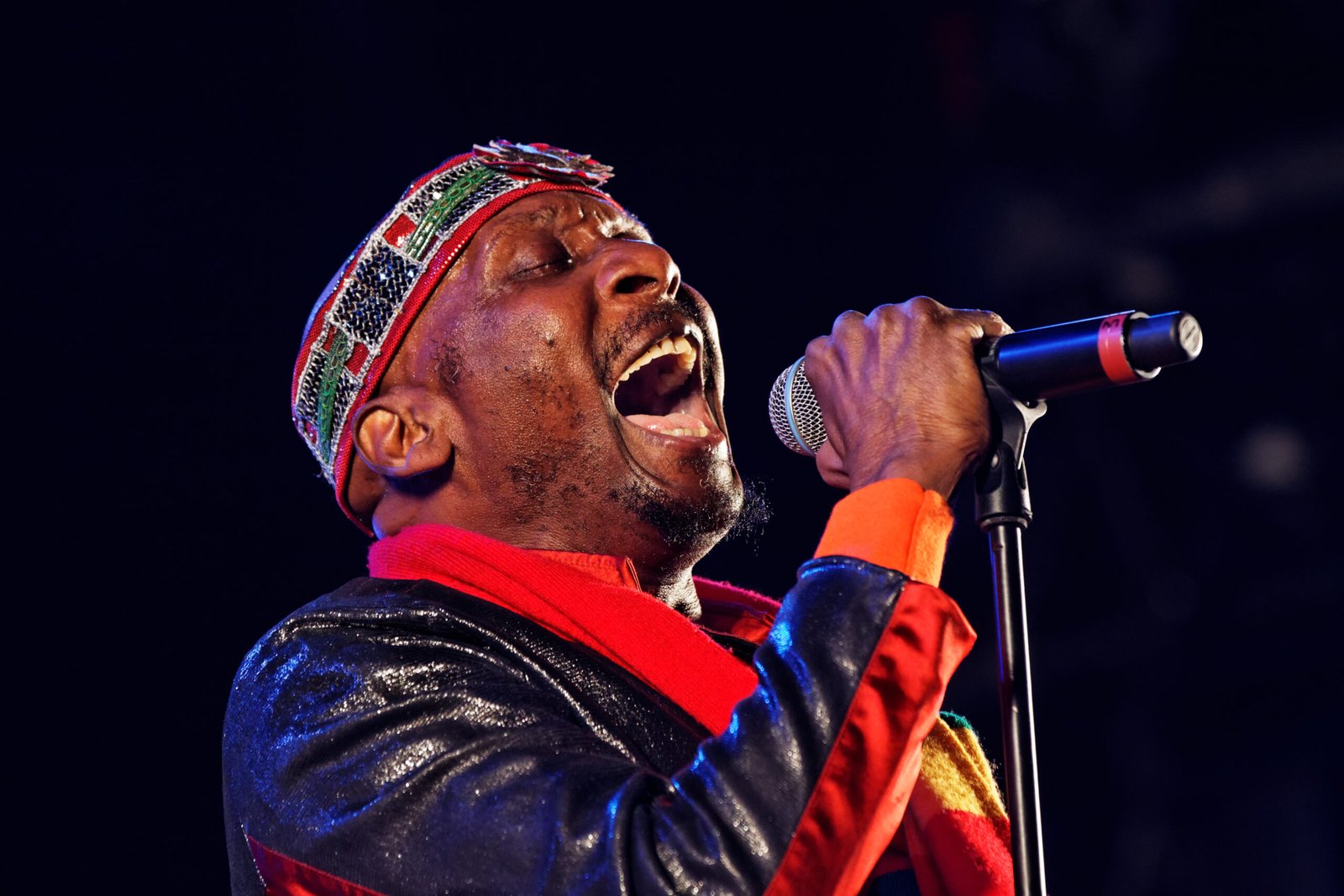
Jimmy Cliff, the legendary Jamaican reggae pioneer and star of the iconic film “The Harder They Come,” has died at the age of 81. His family announced on November 24, 2025, that he passed away after suffering a seizure followed by pneumonia. The announcement expressed deep gratitude to his global fans for their support throughout his career, emphasizing how much he cherished his audience’s love.

Career and Legacy
Jimmy Cliff was renowned for popularizing reggae music worldwide through his soulful voice and timeless songs such as “Many Rivers to Cross,” “You Can Get It If You Really Want,” and “Vietnam.” He starred as Ivanhoe “Ivan” Martin in the 1972 musical crime film “The Harder They Come,” which played a pivotal role in bringing reggae and Jamaican culture to a global audience.

Recent Activities
In 2025, Jimmy Cliff announced a new album titled “Legacy,” set for release in September, along with a final world tour to mark the end of his performance career. This project was described as a tribute to reggae’s past, present, and future, featuring collaborations with global stars and emerging Jamaican talents. Despite health challenges, Cliff continued to contribute meaningfully to music and culture until the very end.
Personal and Family Acknowledgements
His wife, Latifa Chambers, shared the news of his passing on social media, highlighting the strength he drew from his fans and thanking family, friends, and collaborators who were part of his journey. She requested fans know that their support meant everything to him throughout his life and career.
Jimmy Cliff leaves behind a legacy as one of reggae’s most influential figures, who helped shape the genre’s identity and brought its message of peace and resistance to the world stage.
News
Candace Owens Says Macrons Funded Plot to Kill Her
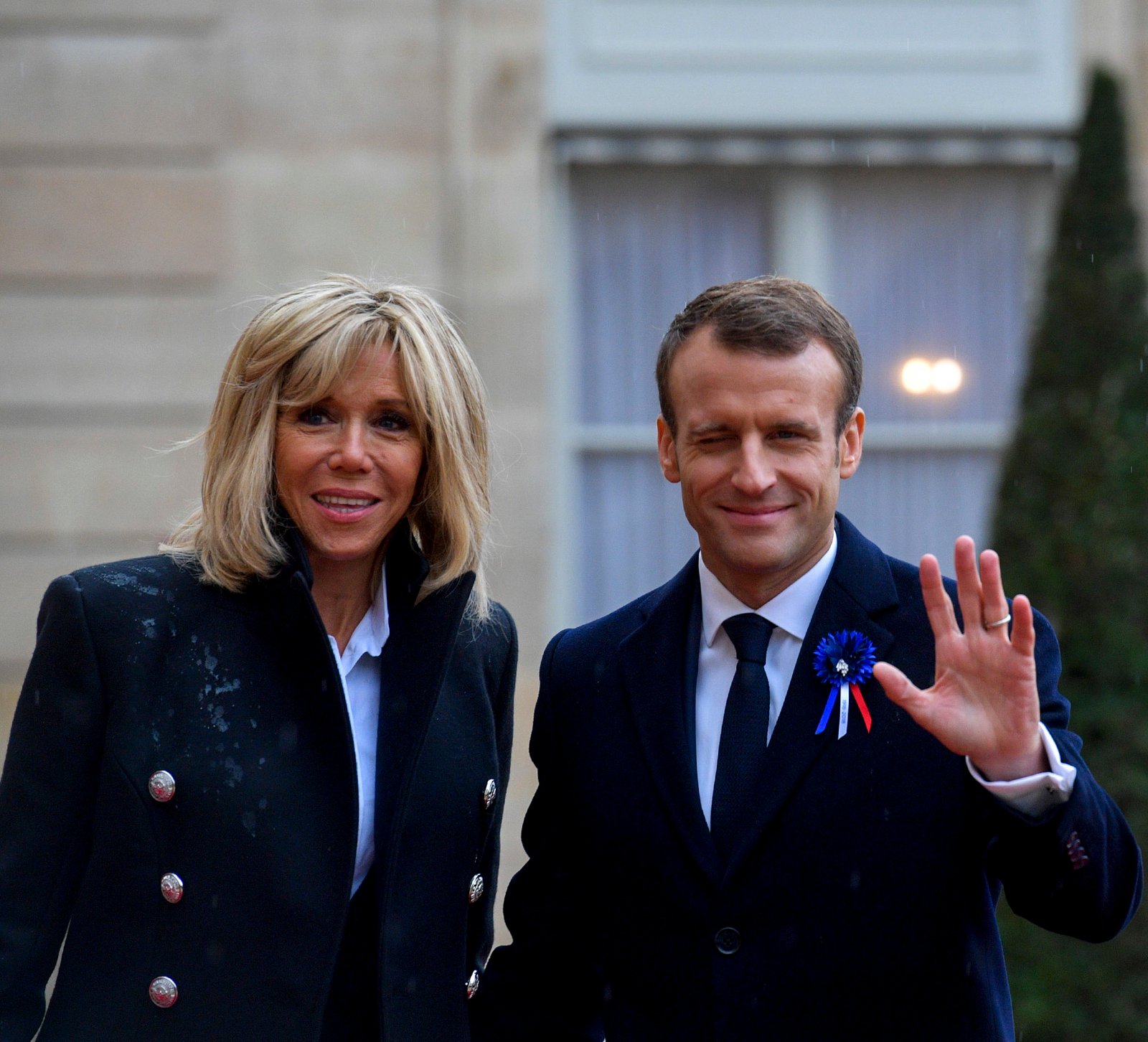
Conservative commentator Candace Owens has made explosive allegations that French President Emmanuel Macron and First Lady Brigitte Macron orchestrated and financed a plot to assassinate her. Owens alleges that she was alerted by a high-ranking source within the French government who revealed that the assassination was to be carried out by an elite French police unit, the National Gendarmerie Intervention Group (GIGN), along with the involvement of at least one Israeli operative. According to Owens, this “joint state operation” was motivated by her outspoken coverage and conspiratorial claims about Brigitte Macron, including controversial statements questioning the First Lady’s gender identity.
Owens further claims the payments for the assassination were funneled through a secret French elite club called Club des Cent, suggesting a sophisticated and well-financed scheme. She also links this alleged plot to the assassination of her late friend Charlie Kirk in 2025, suggesting that his killer received training from France’s 13th Foreign Legion Brigade and that these events are part of a larger multi-state conspiracy.

Despite these serious accusations, Owens has not publicly shared concrete evidence, and French, Israeli, and American authorities have not confirmed any part of the story. The Macron family has previously filed defamation lawsuits against Owens over her unfounded assertions about them, highlighting a tense and ongoing feud.
Owens has vowed to provide further details, including identities and financial proof, if given the opportunity, and has called on the public and patriotic investigators to examine the matter closely. While her claims have stirred widespread attention and heated debate across social media and conservative circles, they currently remain unsubstantiated allegations amid a highly charged political and media environment.
This controversy adds a new and dramatic layer to Owens’ volatile relationship with the Macrons, marking perhaps the most sensational claim so far in her ongoing public disputes with the French presidential couple.
News
Fugees Rapper Pras Michel Sentenced to 14 Years in Campaign Scandal
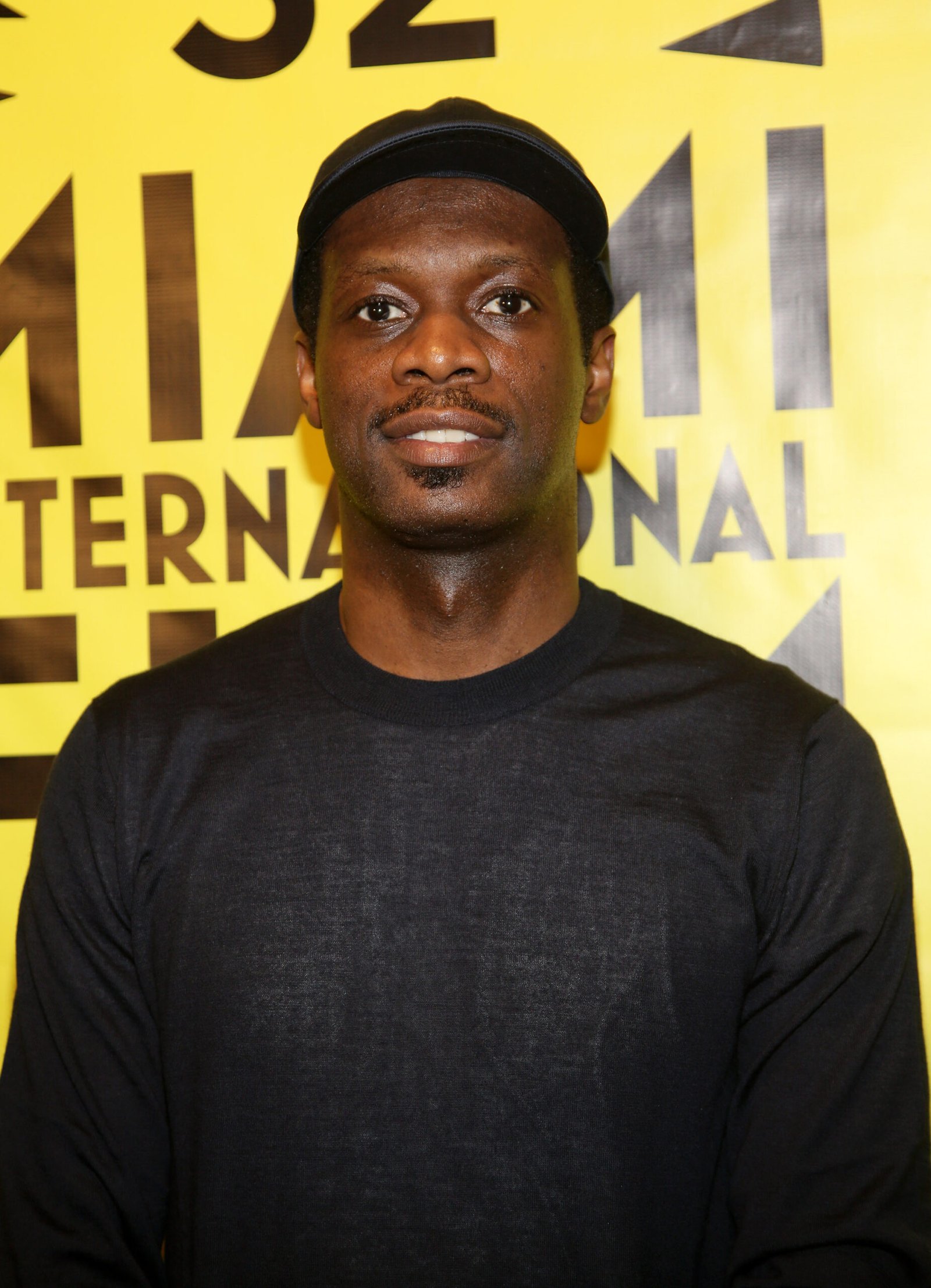
Pras Michel, Grammy-winning rapper and founding member of the iconic group the Fugees, has been sentenced to 14 years in federal prison for his role in a sprawling illegal campaign finance and foreign influence scheme. The sentencing was handed down on November 20, 2025, by U.S. District Judge Colleen Kollar-Kotelly in Washington, D.C., following Michel’s conviction in April 2023 on charges including conspiracy, money laundering, acting as an unregistered foreign agent, and witness tampering.
At the heart of the scandal was Michel’s involvement in funneling over $120 million from fugitive Malaysian financier Low Taek Jho—known as Jho Low—into the 2012 reelection campaign of former President Barack Obama. Prosecutors detailed how Michel helped hide the origin of foreign donations through shell companies and straw donors, violating U.S. campaign finance laws that prohibit foreign contributions. Beyond the Obama campaign, Michel also engaged in illegal lobbying efforts during the Trump administration to obstruct investigations into Low’s role in the notorious 1MDB scandal, a massive Malaysian sovereign wealth fund corruption case.
Prosecutors described Michel as having “betrayed his country for financial gain,” persistently lying and manipulating government entities over nearly a decade. They advocated for a life sentence, emphasizing the severity of his offenses and the threat posed to U.S. national security. Testimonies during the high-profile trial included notable figures such as Hollywood actor Leonardo DiCaprio and former U.S. Attorney General Jeff Sessions.
Michel’s defense team condemned the harsh sentence as “entirely disproportionate,” arguing that similar cases resulted in lighter penalties, and pointed out that Michel received no espionage charges—a key consideration in foreign agent prosecutions. They announced plans to appeal the verdict and sentence. Following the prison term, Michel faces three years of supervised release and forfeiture of more than $64 million tied to the illegal campaign finance activity.
Michel, who shot to fame in the 1990s as part of the Fugees alongside Lauryn Hill and Wyclef Jean, now confronts a dramatic fall from grace that underscores the extensive consequences of illicit foreign influence in American politics. Despite this setback, his representatives remain grateful for the support received, stating that this chapter does not mark the end of his journey.
This landmark case serves as a stark reminder of the importance of safeguarding U.S. elections from covert foreign interference and the serious repercussions for those who betray democratic principles for financial gain.bbc+4
- https://www.bbc.com/news/articles/cg7n7l70vzgo
- https://www.aljazeera.com/news/2025/11/21/fugees-rapper-sentenced-to-14-years-in-prison-over-illegal-obama-donations
- https://www.wsj.com/us-news/fugees-member-sentenced-to-14-years-for-campaign-donation-scheme-7bbb7850
- https://www.youtube.com/watch?v=ow4bcn8mkIM
- https://www.lemonde.fr/en/international/article/2025/11/21/fugees-rapper-pras-michel-sentenced-to-14-years-in-prison-in-us-campaign-financing-scandal_6747698_4.html
- https://www.politico.com/newsletters/politico-influence/2025/11/20/fugees-star-sentenced-to-14-years-in-fara-case-00664124
- https://www.justice.gov/archives/opa/pr/us-entertainer-convicted-engaging-foreign-influence-campaign
- https://apnews.com/article/852e3aa86a604597b99c5e81179a7b6b
- https://www.reddit.com/r/hiphopheads/comments/11g6you/the_fugee_the_fugitive_and_the_fbi_how_rapper/

 Entertainment2 weeks ago
Entertainment2 weeks agoAfter Party: Festival Winner for Best Romantic Short

 News2 weeks ago
News2 weeks agoCamp Wackapoo – Rise of Glog Takes Center Stage

 Entertainment2 weeks ago
Entertainment2 weeks agoFrancisco Ramos Takes Top Mockumentary Award at Houston Comedy Film Festival

 Politics3 weeks ago
Politics3 weeks agoMamdani’s Victory Triggers Nationwide Concern Over New York’s Future

 Politics2 weeks ago
Politics2 weeks agoTrump’s $2,000 Tariff Dividend Plan: Who Gets Paid?

 News2 weeks ago
News2 weeks ago50-Year Mortgages: A Game Changer or a Debt Trap?

 Film Production2 weeks ago
Film Production2 weeks agoWhy China’s 2-Minute Micro Dramas Are Poised To Take Over The U.S.

 News7 days ago
News7 days agoEpstein Files to Be Declassified After Trump Order








